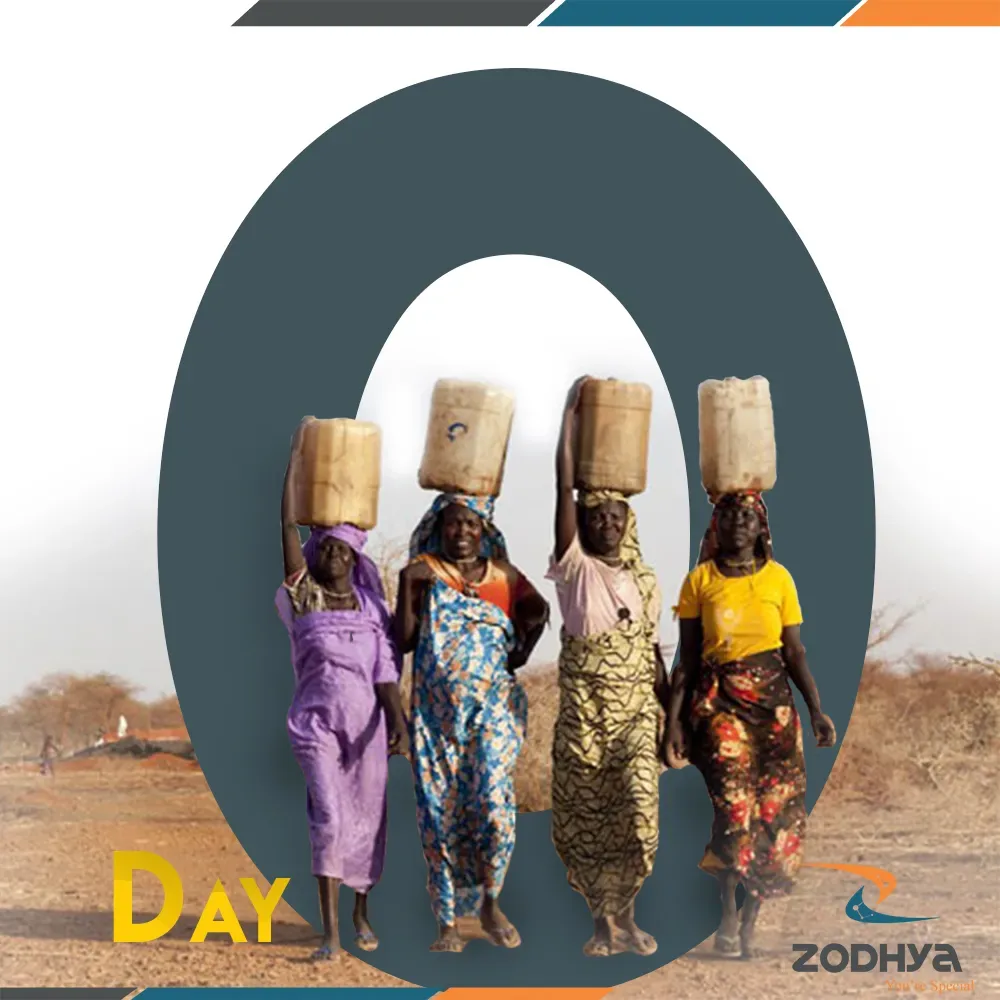We have been hearing about the Cape Town crisis of the recent which began in 2015 and is resulting in a severe water shortage in the Western Cape region of South Africa, affecting the City of Cape Town the most. This is the first time we hear that a city has a shortage of water supply and is about to face a long drought period. The city has already announced “Day Zero” on 12th April 2018 on which the water supply from the municipality will be shut off. Cape Town, one of the most beautiful cities to visit in South Africa is facing this issue. Isn’t time now to see what caused this and how we could avoid it for our cities?

How things lead to the crisis?
The climate Cape Town experiences is a warm Mediterranean climate. The water supply to the city happens through six dams situated close to the city, The water in the dams gets recharged during the cooler months of May to August when there is rainfall and will be used for agriculture during the dry months of December to February. The population of Cape Town increased by two-fold over 2 decades but the water storage in dams has increased by only 15%. This has undoubtedly mapped the way for a water crisis.

The second reason could be attributed to El Nino . There is a periodic rise in the temperatures of the sea surface in the central and east-central of the Pacific ocean and El-Nino is a natural phenomenon related to it. El Nino is the warm phase of the cycle which causes droughts in the western areas of South Africa, India and Indonesia. This is experienced once in every 10 years in South Africa. El-Nino was recently experienced by Cape Townians in 2015 which brought severe drought to the country. The dams level decreased from 71% in 2014 to 50% in 2015. The interior of the country experienced heavy rain in 2016 but the severe drought continued to remain in the City of Cape Town.
The third reason was a human error. The water management system for the city was poor. Even though the city received awards for its water management in the top 40 of the world, it was during the drought period. In the earlier years, the government, as well as the public, lacked awareness and technology to control and stop it from happening.
Impact caused by the drought
One major impact is that you can’t even bath for 10 minutes under a shower as it affects the whole city. Recently, Indian cricket which played at Cape Town was suggested to use showers only for 2 minutes in order to save water. Such is the condition in Cape Town. In response to this water shortage, the agricultural sector reduced its consumption by 50% which led to a loss of 37000 jobs in this sector nationally, and an estimated population of 50,000 below the poverty line due to job losses and inflation due to increase in the food prices.
Lessons to be learnt
It seems these are the crises that need to happen so that we improve. These are some things which we felt to be useful:
- A disaster water management council has to be set up in every city which not only functions during floods or droughts but also the whole year. This council should be accountable for every drop of water being used in the city.
- The government in Cape town delayed suggestions of a new dam to be built which would act as a reservoir during this period. Such delays and dirty politics if any should be avoided. The progress of the projects, in such a digital age, must be made available to the public.

- Rely on technologies which recycle the sewage water into drinking water. Sewage first would go to a plant that removes solids, the same way it’s now treated before sending it into the Wichita River. Next, microfiltration to remove waste, and then reverse osmosis to remove contaminants, including pharmaceuticals flushed down the toilet. In the final step, the discharge goes to the same plant that cleans lake water, where it’s treated chemically to remove pathogens. Add chlorine and fluoride, and it goes straight to the faucet.
- Also look for alternative sources of energy to power the cities apart from hydroelectric because if there is no water, there is no power.
The suggestions are limited to our experience and may not be enough to sustain bigger cities. We look forward to more conversation and in fact more action from all of us.

